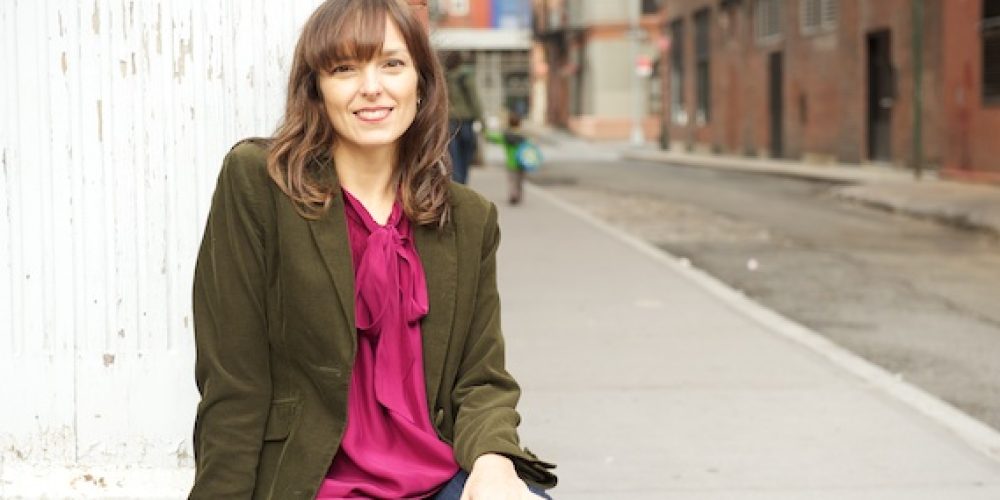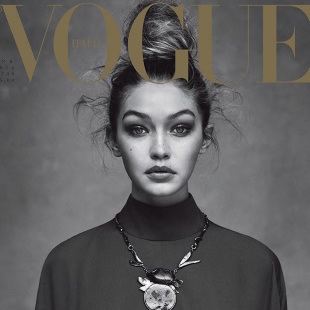Elizabeth Wissinger is a Professor of Sociology at CUNY. She is the co-editor of Fashioning Models: Images, Text, and Industry, for which she will be speaking at FIT on Thursday September 26th. Here’s a taste of our upcoming interview with Dr. Wissinger.
TBM: How did you get into sociology and the sociology of modelling? Why did you feel it was something worth studying?
EW: I wanted to go to graduate school but was interested in so many things, I wasn’t sure where I wanted to focus my attention. And I took an anthropology course and I wrote about beauty pageants and my professor said, “You know, that’s really more sociological.” So then I looked into a sociology program and it seemed interesting to me. When my professor pointed me toward sociology, I thought, ‘this could work.”
And then in my first or second year in one of my urban sociology classes I kept bringing up examples from the modelling industry. And the professor said, “Oh, you should look into that!” And at that point it was the mid-nineties and nobody was looking at models seriously as a labour force or as an object of study at all. The model was the perfect unit of analysis for so many different threads that interested me.
TBM: Absolutely. Especially having experience in it!
EW: Yes and I had access, which a lot of people didn’t. It seems like everybody has access now! At the time it was pretty hard to get access to people to talk to.
TBM: I always found it really interesting that it [modelling] is one of the industries where women out earn men.
EW: Besides porn. Is there another one besides porn?
TBM: Sex work generally. Stripping, prostitution, and there are a couple others but, according to Ashley Mears, those may just be blips in data. But it generally it all comes down to work where you use a certain element of your sexuality on display.
EW: Yeah I like Ashley’s analysis of that: the woman is traditionally a display object, the body is on display. When men display their bodies it devalues or feminizes them, making them worth less.
TBM: Can you explain why you think modelling is considered to be feminine work? And how does that affect the experience of male models?
EW: It goes back to Thorstein Veblen and his famous phrase, “conspicuous consumption.” A woman is the signal of your wealth, as a man. A woman to a man is like a peacock because she’s displaying his wealth and is therefore an object of his wealth. She’s one of his objects.
There’s been an interesting analysis done about how men have to «play gay» insofar as they have to use their sexuality in a way they’re not often asked to in other settings. Because in that setting they too, like women, are linked with their own body and their bodies are their products. It goes against the tradition where the male body only really works in gay sexuality.
I do remember one male model saying to me, “It’s crazy how much more work the women have to do to create this feminine thing, where doing less makes me more masculine.» So he was in hair and makeup for two seconds when a female model was in for four hours.
TBM: Yeah, you just run a brush over their face. I think that in portraying masculinity, there’s so many more parameters.
EW: More rules to break!
TBM: It’s like with women you can do so much in a photo with a woman. Whereas if you’re photographing a man there are always certain poses or certain facial expressions they can do while maintaining the audience’s belief in their masculinity.






